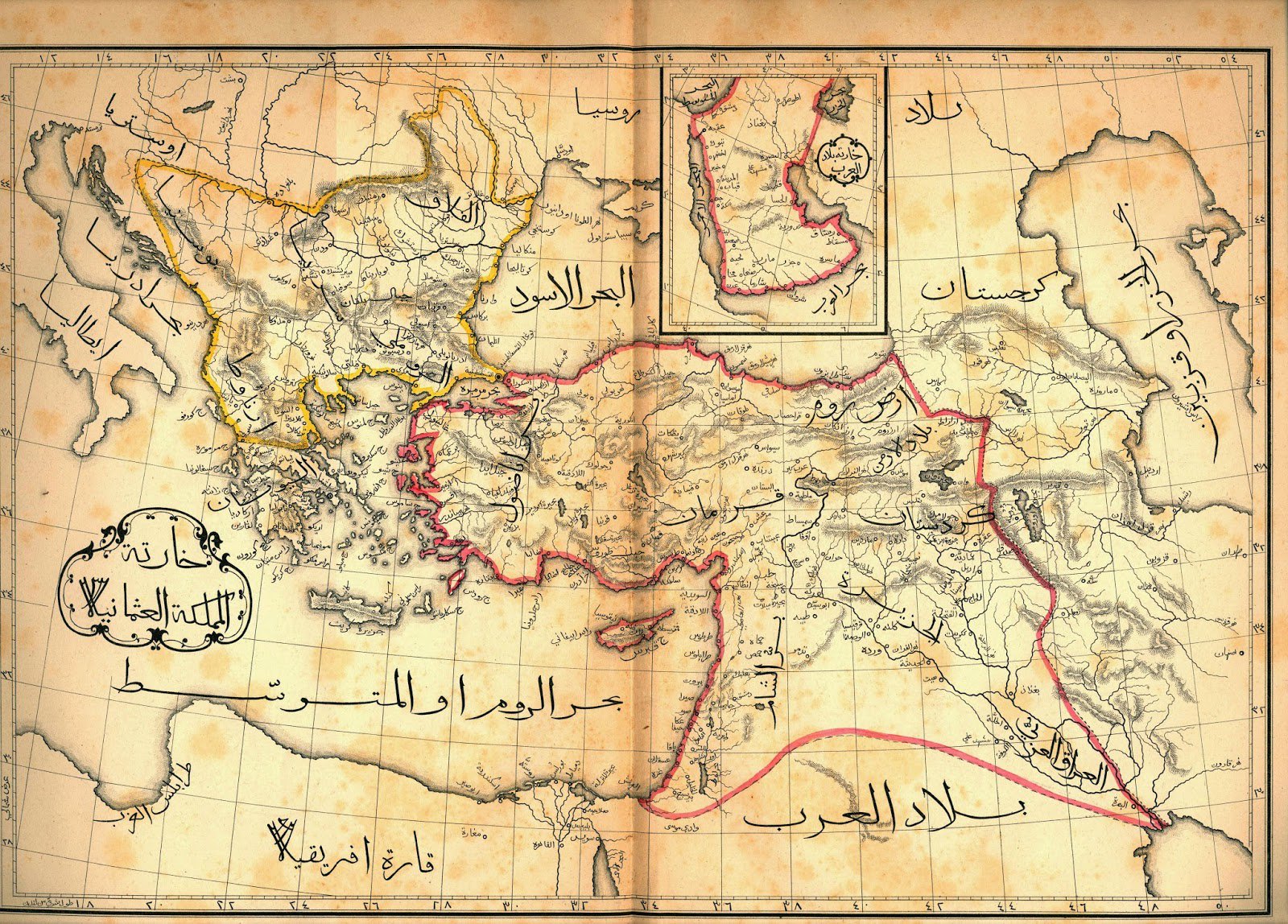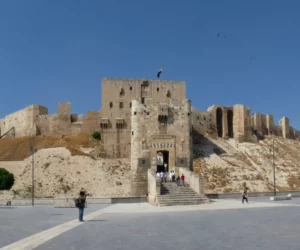The Citadel of Aleppo: A Historical Overview The Citadel of Aleppo, a monumental site in northern Syria, stands as one of the oldest and largest castles globally. Its strategic location in the center of the old city of Aleppo underscores its historical significance. The Citadel’s hill has seen continuous use since the middle of the…
Ottoman Empire
History of the Ottoman Empire
The Ottoman Empire, a historical empire of significant influence, was founded at the end of the 13th century in northwestern Anatolia by Osman I. It expanded rapidly during the 14th and 15th centuries under the leadership of Osman’s descendants, eventually controlling much of Southeastern Europe, Western Asia, and North Africa. The empire reached its apex under Suleiman the Magnificent in the 16th century, where it became a dominant naval force, controlling the Mediterranean and Black Seas. The Ottoman Empire played a crucial role in the interactions between Eastern and Western cultures for over six centuries.
Culture and Society
Ottoman society was complex and multifaceted, characterized by a rich tapestry of cultural diversity. The empire was home to many different ethnic groups and religions, including Muslims, Christians, and Jews, who coexisted under the millet system. This system allowed for a degree of religious autonomy, with each community having its own leader and laws as long as they accepted Ottoman rule. The Ottoman culture was a blend of Turkish, Islamic, Persian, and Byzantine influences, evident in its language, cuisine, music, and customs.
Military and Wars
The military was a cornerstone of the Ottoman Empire’s power, with its elite infantry units known as the Janissaries playing a pivotal role. These soldiers were initially drawn from the devshirme system, where Christian boys were recruited, converted to Islam, and trained as soldiers or administrators. The Ottoman military was innovative in its use of gunpowder, artillery, and naval power, which allowed it to expand its territories and maintain control over its vast empire. The empire was involved in numerous wars, including the conquest of Constantinople in 1453, which marked the end of the Byzantine Empire, and conflicts with European powers, the Safavid Empire, and the Mamluks.
Economy and Trade
The Ottoman Empire’s economy was diverse and sophisticated, with agriculture being the backbone. The empire was also a major hub in the global trade network, connecting the East and West. Its strategic location enabled control over the trade routes between Asia, Europe, and Africa, particularly after the conquest of Constantinople. The Ottomans were involved in the silk, spice, and slave trades, which contributed significantly to their wealth. The empire’s economy also benefited from the introduction of new crops from the Americas, such as coffee and tobacco, which became popular commodities.
Architecture and Art
Ottoman architecture and art were heavily influenced by Islamic, Persian, and Byzantine traditions, resulting in a unique and distinctive style. The empire is renowned for its contributions to Islamic architecture, with the Suleymaniye Mosque in Istanbul and the Selimiye Mosque in Edirne being prime examples. Ottoman art was characterized by intricate tile work, calligraphy, and miniature painting, reflecting the empire’s diverse cultural heritage. The Topkapi Palace, serving as the administrative center and royal residence, is a testament to the empire’s architectural and artistic achievements.
Important Figures
Several figures played pivotal roles in the history of the Ottoman Empire. Osman I, the founder, laid the foundations for the empire’s expansion. Mehmed II, known as “the Conqueror,” captured Constantinople, marking a significant turning point in world history. Suleiman the Magnificent brought the empire to its zenith, overseeing extensive territorial expansion and cultural flourishing. These leaders, among others, left indelible marks on the empire’s development and legacy.
The Fall of the Ottoman Empire
The decline of the Ottoman Empire was a protracted process, influenced by internal strife, military defeats, and the gradual loss of territories. The 19th century saw the empire’s gradual weakening, culminating in its involvement in World War I on the side of the Central Powers. Following its defeat, the empire faced partitioning by the victorious Allied Powers. The official end came with the establishment of the Republic of Turkey in 1923, under the leadership of Mustafa Kemal Atatürk, marking the transition from a sprawling empire to a modern nation-state. The legacy of the Ottoman Empire continues to influence the regions it once ruled, evident in the cultural, architectural, and societal imprints it left behind.
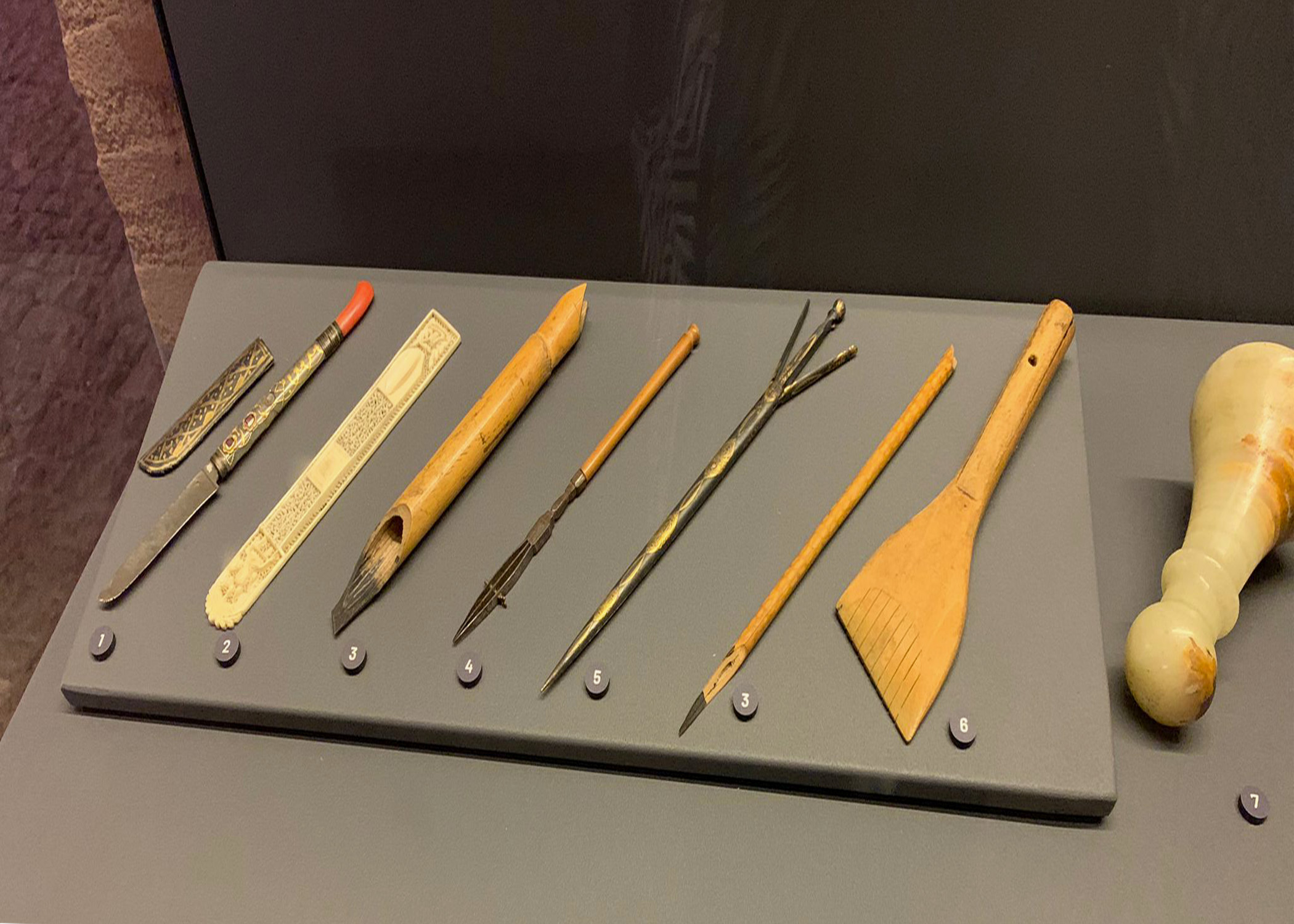
FAQ on the Ottoman Empire
Who destroyed the Ottoman Empire?
The Ottoman Empire’s decline was a result of a combination of internal decay, military defeats, and the impact of external pressures from European powers. It was ultimately dismantled after its defeat in World War I, with the Treaty of Sèvres in 1920 and the Treaty of Lausanne in 1923 formalizing its partitioning. The establishment of the Republic of Turkey in 1923 by Mustafa Kemal Atatürk marked the end of the Ottoman Empire.
What is the Ottoman Empire called today?
The territory that was once the core of the Ottoman Empire is today known as the Republic of Turkey. The empire at its height encompassed regions that are now part of many different modern nations across Southeastern Europe, Western Asia, and North Africa.
What countries were in the Ottoman Empire?
The Ottoman Empire included territories that are now part of several countries, including Turkey, Greece, Bulgaria, Egypt, Hungary, Macedonia, Romania, Israel, Palestine, Jordan, Lebanon, Syria, Saudi Arabia, Kuwait, Iraq, parts of Algeria, Tunisia, Libya, and more. Its vast expanse covered diverse regions and cultures at different points in its history.
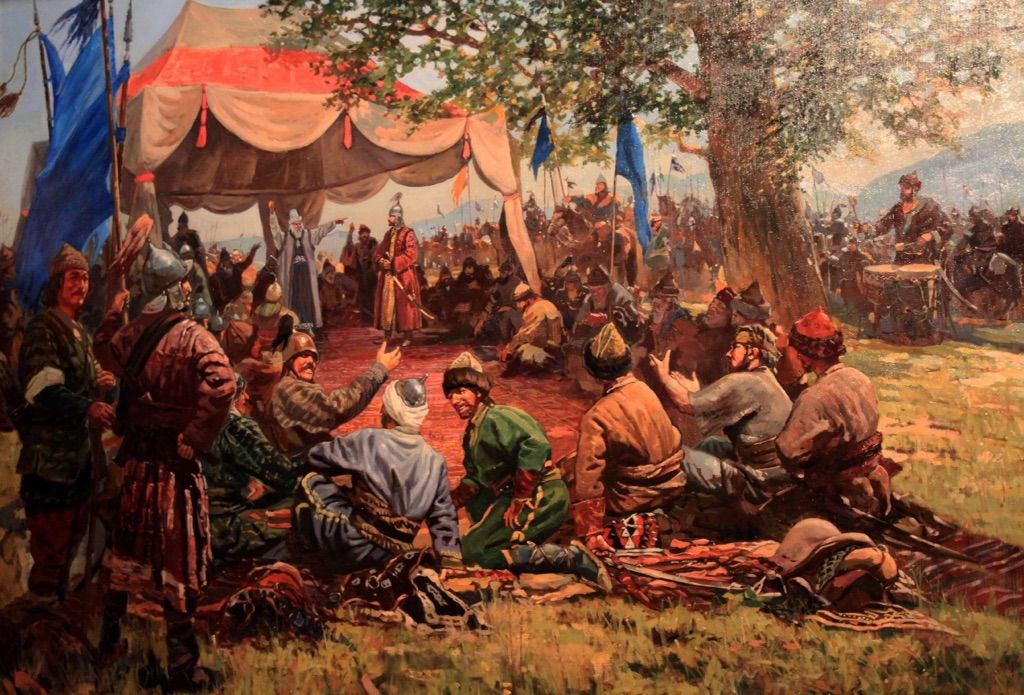
When did the Ottoman Empire end?
The Ottoman Empire officially ended in 1923 with the establishment of the Republic of Turkey, following the conclusion of World War I and the subsequent Treaty of Lausanne.
How long did the Ottoman Empire last?
The Ottoman Empire lasted for approximately 623 years, from its founding in 1299 by Osman I to its dissolution in 1923.
What religion was the Ottoman Empire?
The Ottoman Empire was predominantly Islamic, and it played a significant role in the spread of Islam in the regions it controlled. The empire was known for its religious tolerance to some extent, allowing various religious communities to coexist under the millet system, although Islam was the dominant and state-supported religion.
What did the Ottoman Empire trade?
The Ottoman Empire was a crucial hub in the global trade network, engaging in the trade of silk, spices, ceramics, textiles, and precious metals. It also played a significant role in the early trade of coffee and tobacco. The empire’s strategic location bridged the trade routes between the East and West, facilitating the exchange of goods, ideas, and culture.
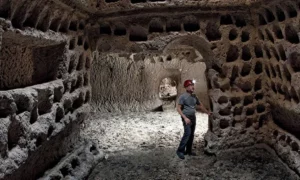
Agirnas Underground City
Ağırnas, a neighbourhood within the municipality and district of Melikgazi, Kayseri Province, Turkey, holds a significant place in the historical and archaeological landscape of the region. With a population of 2,554 as of 2022, this area, located 24 km from central Kayseri, is not only the birthplace of Mimar Sinan, the renowned architect of Suleiman the Magnificent, but also a site rich in historic buildings and underground structures.
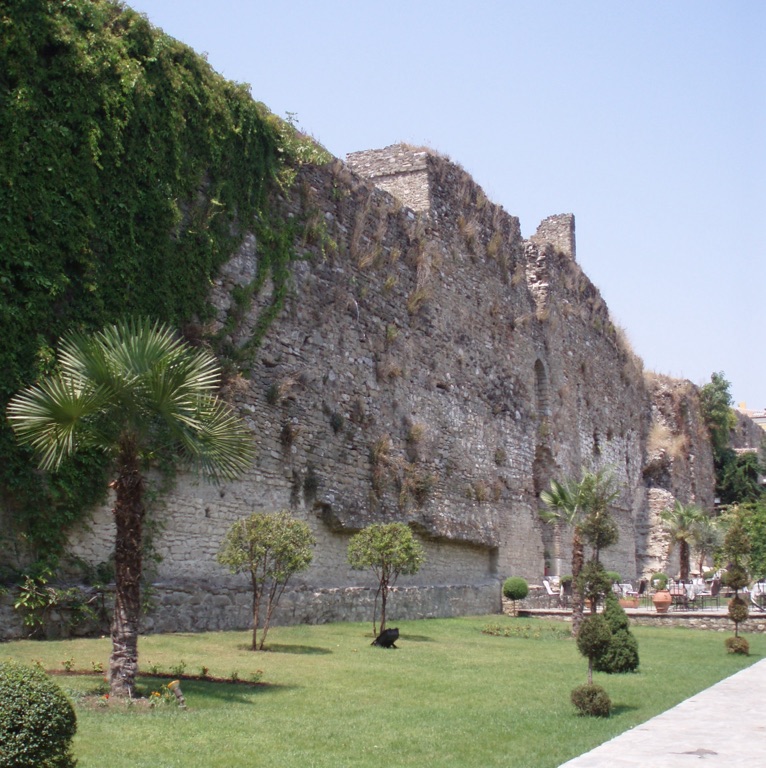
Elbasan Castle
Elbasan Castle is a historical fortress located in the city of Elbasan, Albania. It stands as a testament to the country’s rich past, showcasing centuries of architectural and cultural evolution. The castle’s origins date back to the Roman period, but it gained prominence in the 15th century when it was reconstructed by the Ottoman Empire….
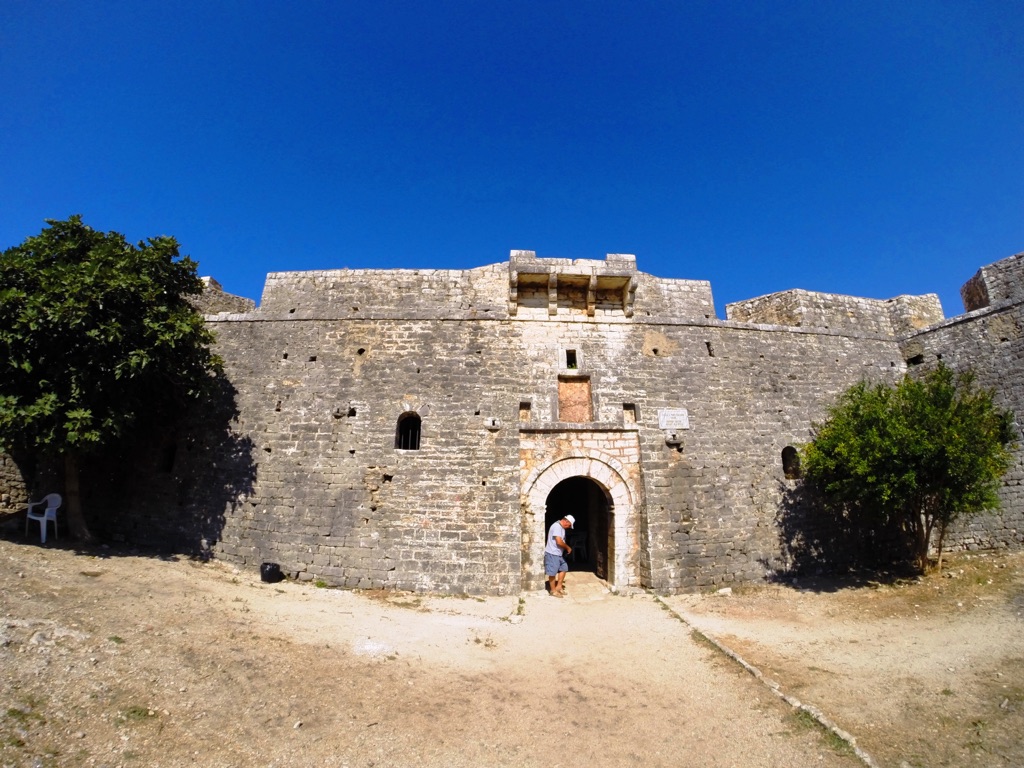
Porto Palermo Castle
Porto Palermo Castle, perched on a small peninsula in the Albanian Riviera, is a site of historical intrigue and architectural splendor. The castle overlooks the clear waters of the Ionian Sea, offering breathtaking views and a glimpse into the past. Its origins are often attributed to the rule of Ali Pasha of Tepelena in the…
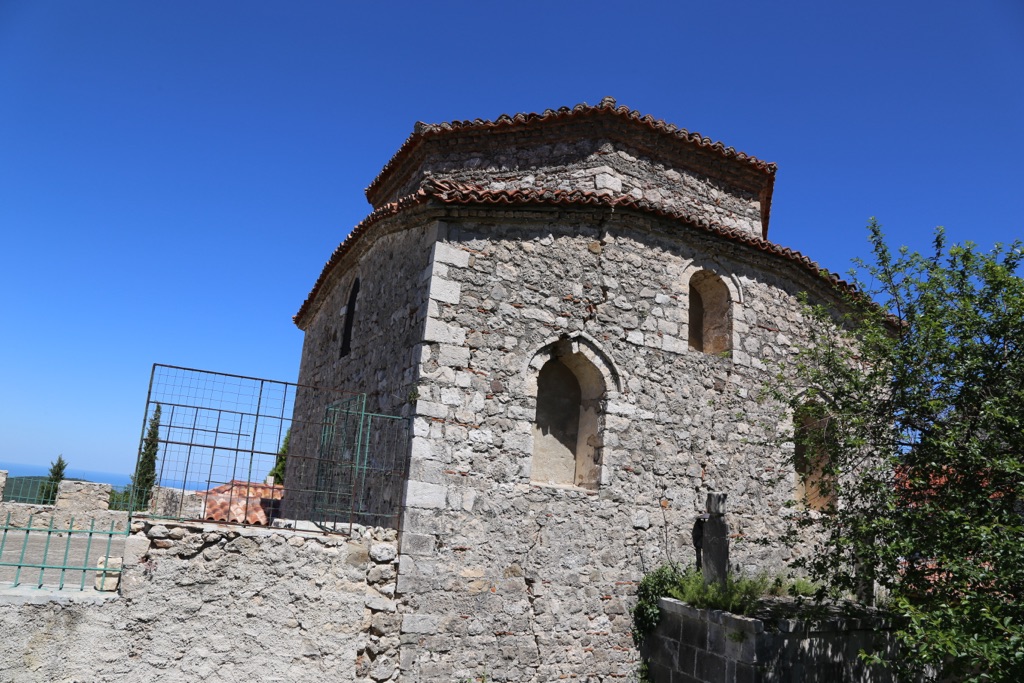
Dollma Tekke
Dollma Tekke is a historical Sufi monastery located in Krujë, Albania. It stands as a testament to the rich cultural and religious history of the region. This tekke, or dervish lodge, was an important center for the Bektashi Order, a Sufi Islamic sect. The site is renowned for its intricate decorations and architecture, reflecting the…
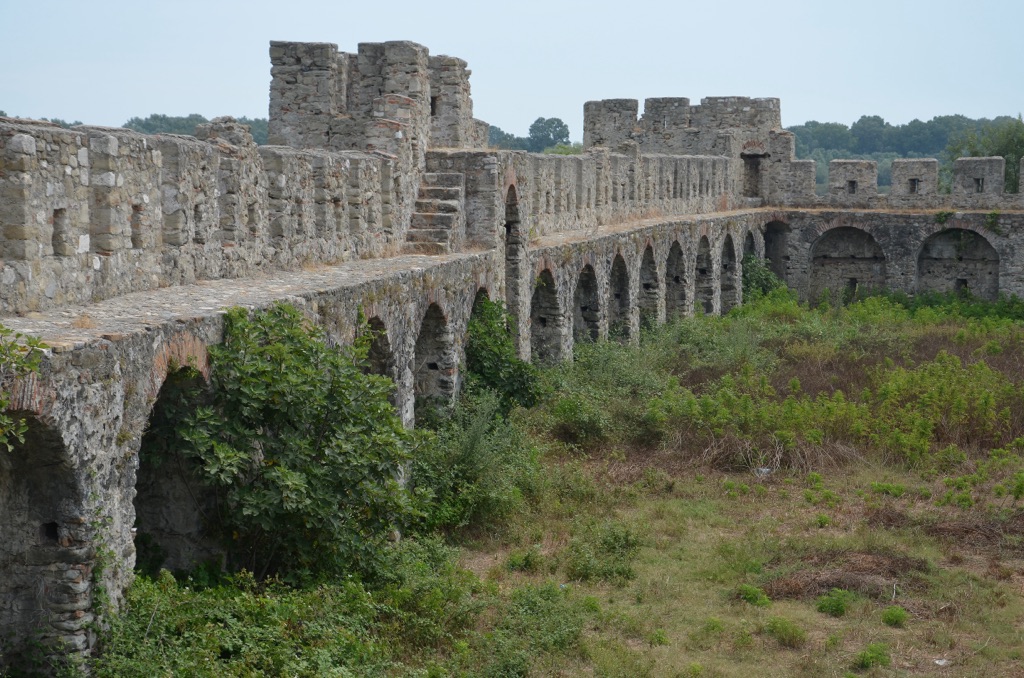
Bashtova Fortress
The Bashtova Fortress is a historical site located in Albania. It stands as a testament to the country’s rich medieval past. The fortress, also known as the Castle of Bashtova, is a remnant of the once-powerful Ottoman Empire. It is situated near the Shkumbin River and the Adriatic Sea, which made it a strategic point for defense and trade. The structure’s exact origins are somewhat unclear, but it is believed to have been built in the 15th century. Over the centuries, it has witnessed various historical events and has undergone several transformations. Today, it is a cultural heritage site that attracts historians, archaeologists, and tourists alike.

